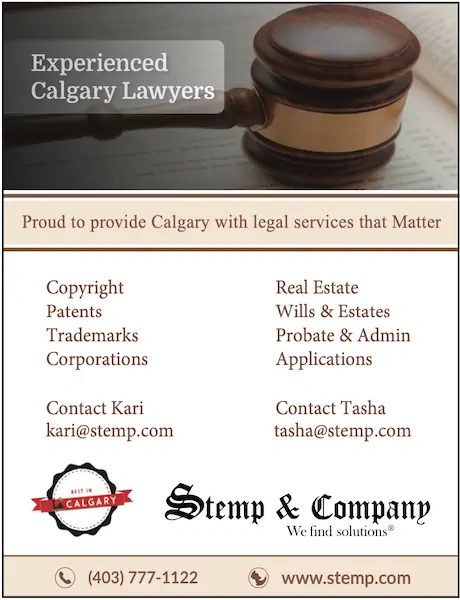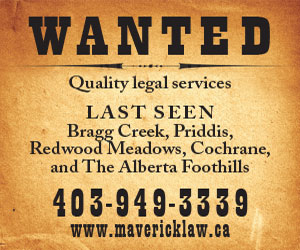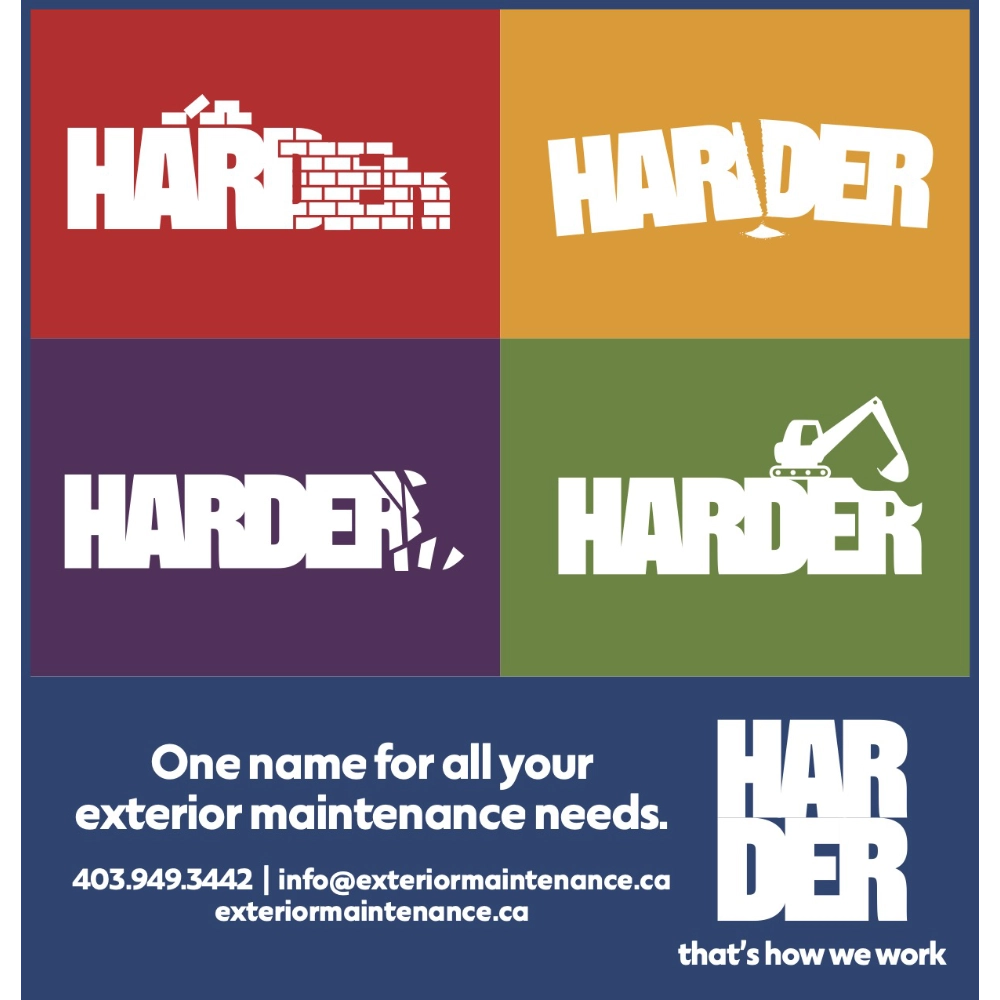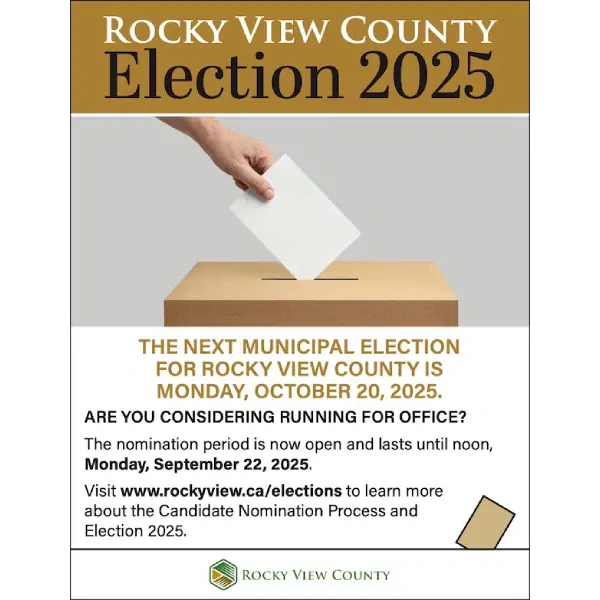CANADIAN TRADEMARKS
by Bill Stemp
Regarding the trademarking process, we would need to conduct a trademark search in Canada to see if your trademark has been registered or applied for. The cost for this is $375 plus GST per trademark.
If the search results are positive and there are no conflicting trademarks found, we would then proceed with the filing of the trademark application. The initial cost for the Canadian trademark application is $1,800.00 plus GST plus $478.15 government filing fee. This government fee is based on filing one class of product or service. There will be an extra government fee of $145.12 for each additional class of products or services. In approximately 3-4 years, the application will be examined by a trademarks examiner and if they oppose your trademark they will then issue an Examination Report. We would then be required to file a Response back and depending on what work would need to be done then the cost would be approximately $200 to $600.
There is a chance that we could receive more than one Examination Report resulting in more fees being due. If the application is approved then it will proceed to be advertised in a Trademarks Journal which gives anyone in the public a chance to oppose your trademark if they wish. If there is no opposition to your application, it will then proceed to registration.
Your trademark is registered for 10 years. In order to maintain your trademark registration, you are required to file for renewal with the Trademarks Office and pay a renewal fee every 10 years. If you do not, your trademark will be expunged from the Trademarks Office.
The purpose of registering your trademarks is to make sure that no one else can ever use them and cause damage to your reputation and your brand. If someone else uses your name, you will have lost significant revenue since customers will contact your competitor when they meant to call you. You will lose again if the competitor has a bad reputation as that bad reputation transfers over to your trademark. This in turn will cause people in the future to not call you because they’ve heard negative things about your business when in fact it wasn’t your business which created the negative reputation.
Secondly, if someone else registers your name as their trademark you will be forced to change your name and lose all of the goodwill and reputation that you have earned and created for your business. No one would willingly allow that to happen but that is exactly the potential result of not protecting your name as a federal trademark.
Note there are 2 types of trademarks, phonetic and visual. A phonetic trademark protects the sound of the alphanumeric characters spoken out loud. Therefore 7-Up is the same as SEVEN UP, since it is the sound of the trademarks which is being registered and secured against any competitors. Similarly, the number 5 and the word FIVE are the same trademark.
With a visual design, also known as a logo, it is the appearance of the design which is protected. The design could include or not include alphanumeric characters. An example of design which does not include alphanumeric characters is the Shell logo. An example of one which does include such characters is the Esso logo.
If you have a visual design or logo, both the logo and the phonetic trademark need to be secured by filing applications in the Trademarks Offices in the countries where you wish to sell your products or provide your services. For example, if you plan to promote your trademark or your business in the US, we need to file in Canada and US. If you want to secure your trademark overseas we need to do searches and applications in the countries in which you plan to do business.
Successfully filing to register your trademark whether it be a phonetic trademark meaning the sound of the words, letters, numbers, graphic design or logo, is the only way to protect the trademark in Canada or the US. Incorporating your business will not protect the name of the business at all. Your trademark will be registered for 10 years and your registration can be renewed every 10 years for an unlimited number of terms. So long as you continuously use your trademarks and make sure that you renew their registration, they will never expire.
Having a registered trademark puts you in the position of being able to control who is allowed to use your trademark anywhere in Canada since this is Federal jurisdiction. You can license your trademark to any number of licensees that you wish. If you are buying or selling a franchise, the most important asset of the franchise are the registered trademarks owned by the franchisor.
Not registering your trademarks leaves you in jeopardy of having anyone else use your trademarks without your knowledge or consent, thereby diminishing the value of your trademarks. It could also result in your losing the right to use your trademarks by virtue of someone else registering the trademarks and owning them and then being in a position to demand that you change the name of your business to something that is quite different from what it has been up until then. Imagine the damage to your business if after 5 or 10 years of using your trademarks you are forced to stop using them and change your name, signage, marketing materials and even your phone number.
You want to protect your good name and reputation or the name and reputation that you may have already worked very hard to create and to build up. Federally trademarking your name plus any graphic designs, logos or slogans is the only means to do this. You have worked very hard to create a good reputation; why let someone ruin it? Worse yet, why permit someone else to take your name, use it without your consent and to even go so far as to register it as their trademark? You can imagine the damage to your reputation in business of that were to occur.
Please note that you are not legally able to register a trademark which you know is being used by a competitor.
- First of all your trademark application will be denied because you are not the first one to use the trademark;
- Secondly it is an offense under the Federal Trademarks Act to secure the registration of a trademark which you know is being used by a competitor;
- You could be sued by the competitor for having applied to register a trademark which you knew they were using previously.
In any event why would you want to have the same name as a competitor? For all you know the competitor does not have a good business model or does not treat their clients or customers very well. Any poor reputation of your competitor will inevitably transfer over to you.
As a result you could end up losing customers that you didn’t even know you were going to have because of the negative reviews they read about your competitor who is using the same name.
Would it not be better to create your own unique trademark name and visual designs/logos that you can own and which no one else has ever seen before? That way you can build up your own reputation and goodwill and really own it instead of sharing it with someone else. If you build up a good reputation and goodwill you will inevitably be sharing that with your competitor because the public will have no idea that these are 2 different businesses owned by different people.
Please note that if you have a trademark or trademarks for which your company is the applicant and the company will own the trademarks, it is very important to make sure that the company which owns the trademarks has as little debt as possible.
If the company is put into receivership or bankruptcy, you will lose the trademarks because the receiver or bankruptcy trustee as the case may be is required to sell all of the assets including the trademarks.

Stemp & Company
1670, 734 – 7th Avenue SW
Calgary, Alberta T2P 3P8
Bill Stemp
403-777-1125 bill@stemp.com
Kari Ivey
403-777-1123 kari@stemp.com
Tasha Traynor
403-777 1129 tasha@stemp.com



























